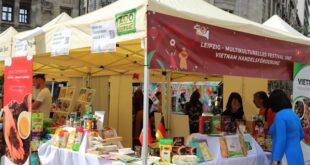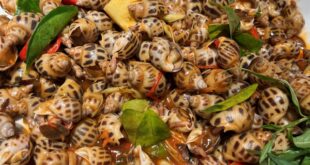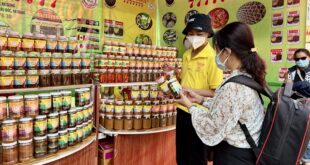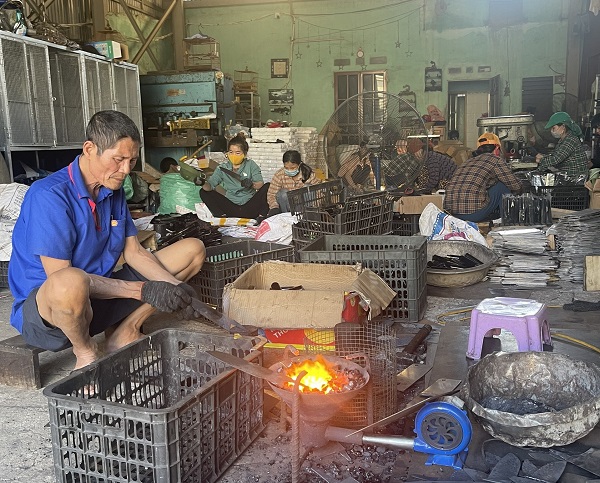
Lê Việt Dũng
More than 100 kilometres away from Hà Nội lies an old village that has made a name for itself in knife-making for centuries.
The village, located in Hậu Lộc District, Thanh Hóa Province, is home to high-quality knives that bear its own name, Tiến Lộc knives. These well-forged sharp-edged blades are a means of livelihood for nearly 80 local families.
Legend has it that a man named Lê Cao Sơn brought forging techniques to Tiến Lộc when he moved to the village in the 17th century.
After seeing local people struggle to make ends meet, he decided to teach them forging to improve their lives.
The craft has taken root in the village ever since and has been passed down from generation to generation for nearly three centuries.
“My grandfather had been a blacksmith for more than 30 years when he passed the forging techniques to my father. Now, I follow in my father’s footsteps and continue with blacksmithing,” workshop owner Phạm Văn Tiến told Việt Nam News.
Tiến Lộc knives have been well-known for their sharpness and hardness for a long time.
The knives are so sharp that they lend themselves to slicing paper-thin fillets and, at the same time, so hard that can be used to cut through bones.
Thanks to a special stainless steel, these knives lose their sharp edges much slower than other knives and are highly resistant to discolouring or rusting.
Such durability makes Tiến Lộc knives a must-have workhorse in every professional or home kitchen.
According to craftsmen, the secret of these chef-approved knives lies in the three-layer forging technique.
First, craftsmen import high-carbon steel that contains a small amounts of chromium and vadanium from the US to make the knife core.
A layer of soft iron, which is bought from Thạch Thất, is then added to each side of the core to create a three-layer blade.
Craftsmen then put this blade into a furnace to heat it up. When high temperature comes into play, the three layers begin to melt and merge.
The red-hot blade is taken out after that and goes through many other labour-intensive stages including forging, shaping and cooling to take form.
Eventually, the forged blade is attached to a handle and sharpened to become a finished knife ready for delivery.
As making knives is a complex multi-step process that requires a lot of physical strength, a number of households have turned to machines to make the work less labour-intensive and produce at a faster pace.
Thanks to automation, these households are now able to manufacture thousands of knives a day with ease, turning knife-making from a limited livelihood to a money-spinner.
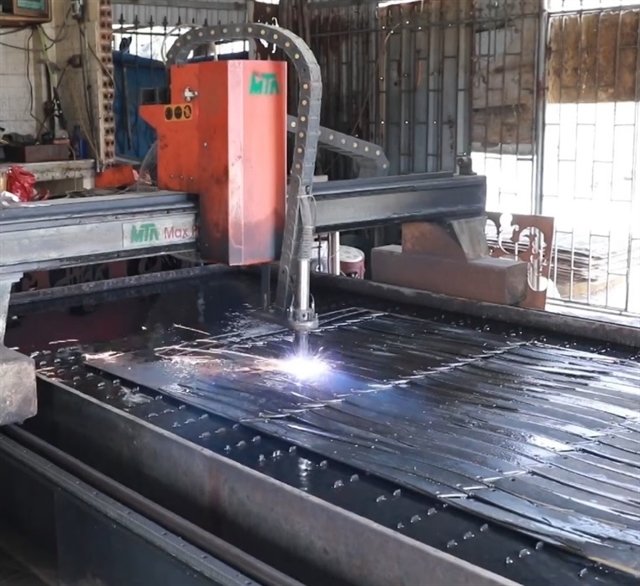
But manually manipulating metal has yet to become thing of the past.
In Tiến Lộc Village, many craftsmen still say no to machines and continue to keep up their centuries-old method of knife-making just because it has been passed down to them from their ancestors.
Forging in old fashioned ways results in a few knives being produced a day, but for some, one is enough to get by.
“My knives are highly priced at VNĐ500,000 (US$21.7) to VNĐ1 million apiece but customers are always willing to buy them because those knives are made manually. I make only one knife a day,” said craftsman Kiều Văn Lượng.
During the pandemic, the vitality of this traditional craft has been put to the test as local knife-makers had to temporarily cease production for several months due to lockdowns.
Unable to deliver their knives to marketplaces and kitchen stores, they had to find their customers elsewhere by moving their business online.
Knives on virtual stores are not as much in demand as those on mortar-and-brick, but for Tiến Lộc craftsmen, online business is their only way out in this tough time.
Aside from the pandemic, the growing competition from imported knives is also a matter of concern for Tiến Lộc knife-makers.
A workshop owner admitted that imported knives are higher quality than his.
“Imported knives are better than ours because those knives are substantially high-priced. There are some up to several tens of millions đồng apiece. Meanwhile, our knives are much cheaper, priced at just tens of thousands to hundreds of thousands apiece. Definitely, higher price comes with higher quality,” he said.
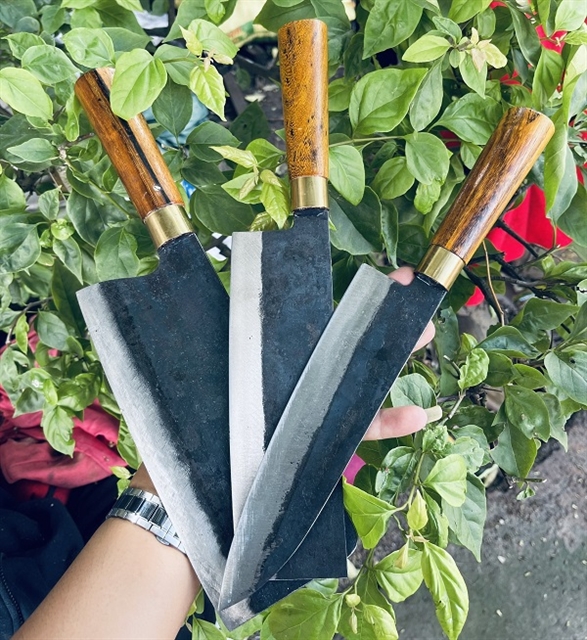
The workshop owner believes that despite stiff competition from imported knives, Tiến Lộc knives are still able to hold ground as they have carved out a niche in the market as budget-friendly knives.
In the future, Tiến Lộc craftsmen will spare no effort to learn cutting-edge techniques from their foreign rivals to improve the quality of their own products and, at the same time, cut costs to ensure good knives come at bargain prices.
With a will of iron and a fire in their belly, Tiến Lộc knife-makers will ensure their centuries-old traditional craft forges ahead. — VnExpress News
- Reduce Hair Loss with PURA D’OR Gold Label Shampoo
- Castor Oil Has Made a “Huge” Difference With Hair and Brow Growth
- Excessive hair loss in men: Signs of illness that cannot be subjective
- Dịch Vụ SEO Website ở Los Angeles, CA: đưa trang web doanh nghiệp bạn lên top Google
- Nails Salon Sierra Madre
 VnExpress News The News Gateway of Vietnam
VnExpress News The News Gateway of Vietnam


